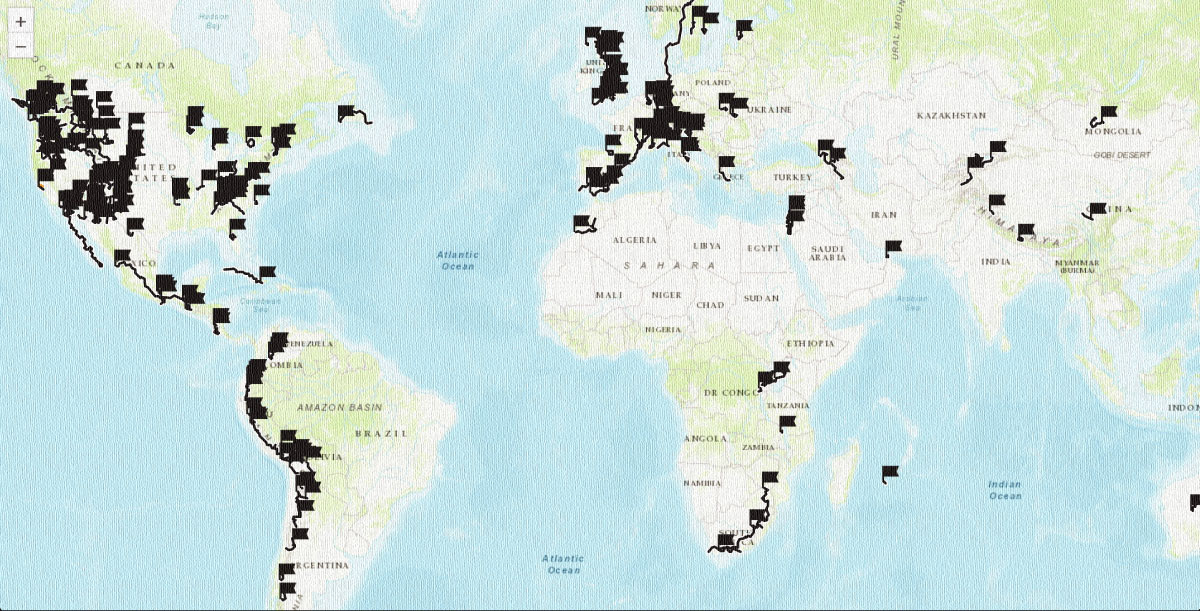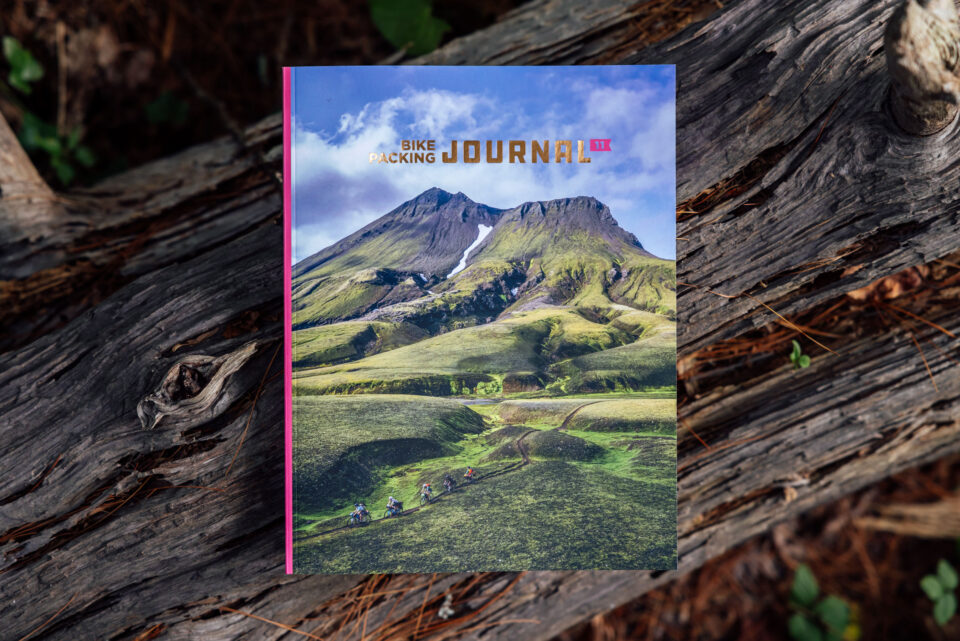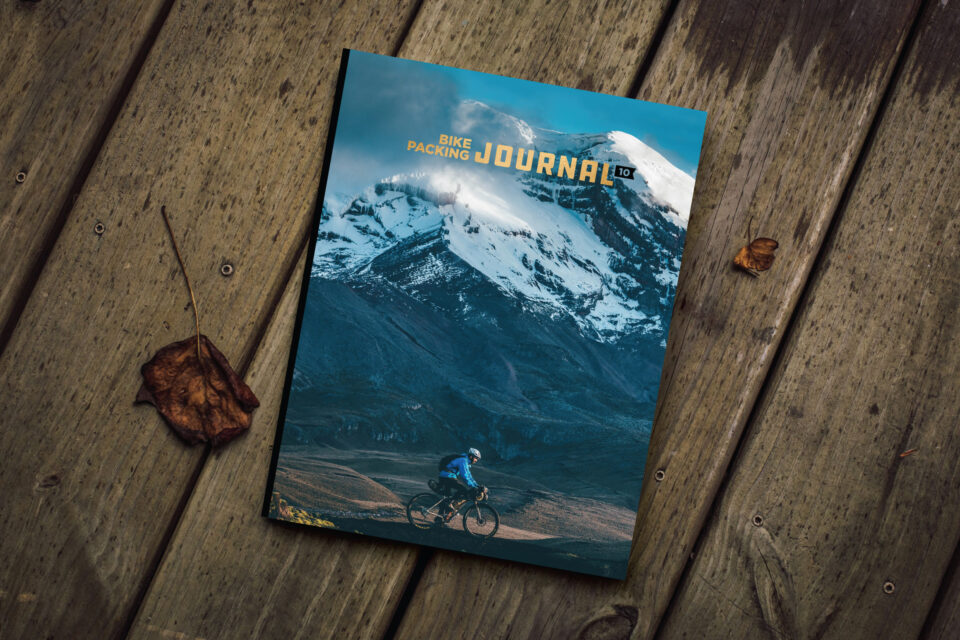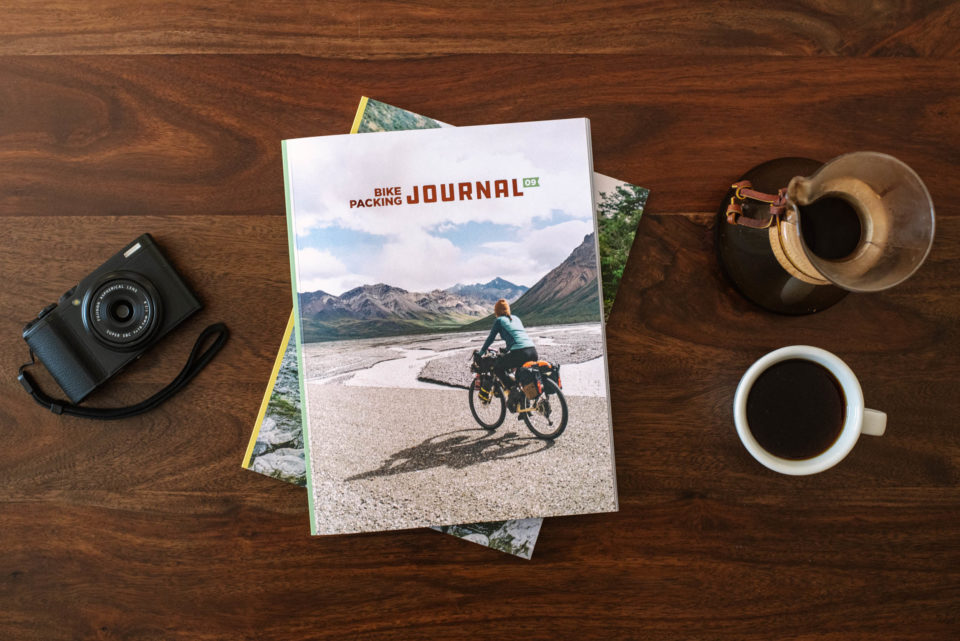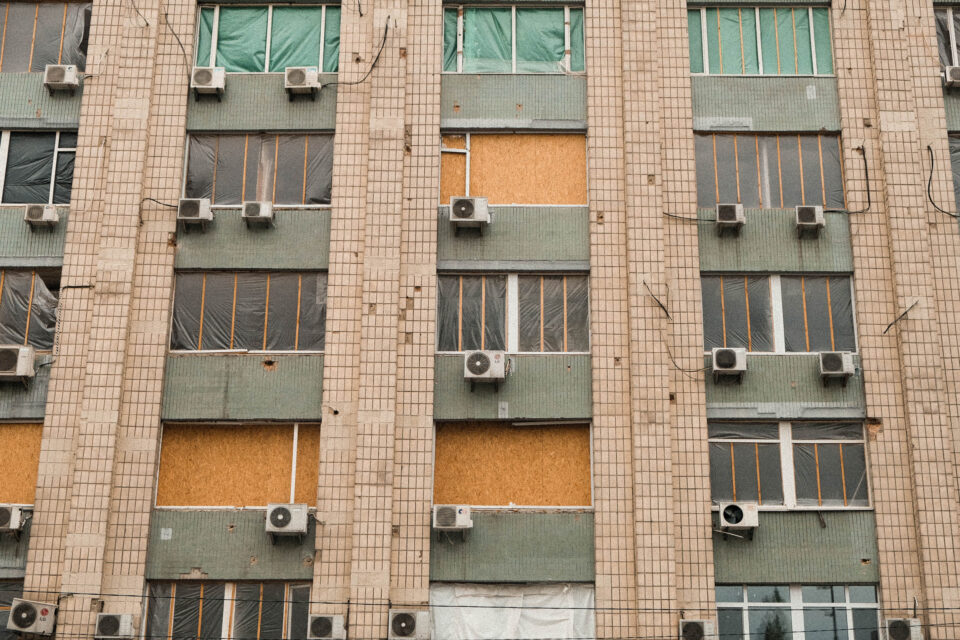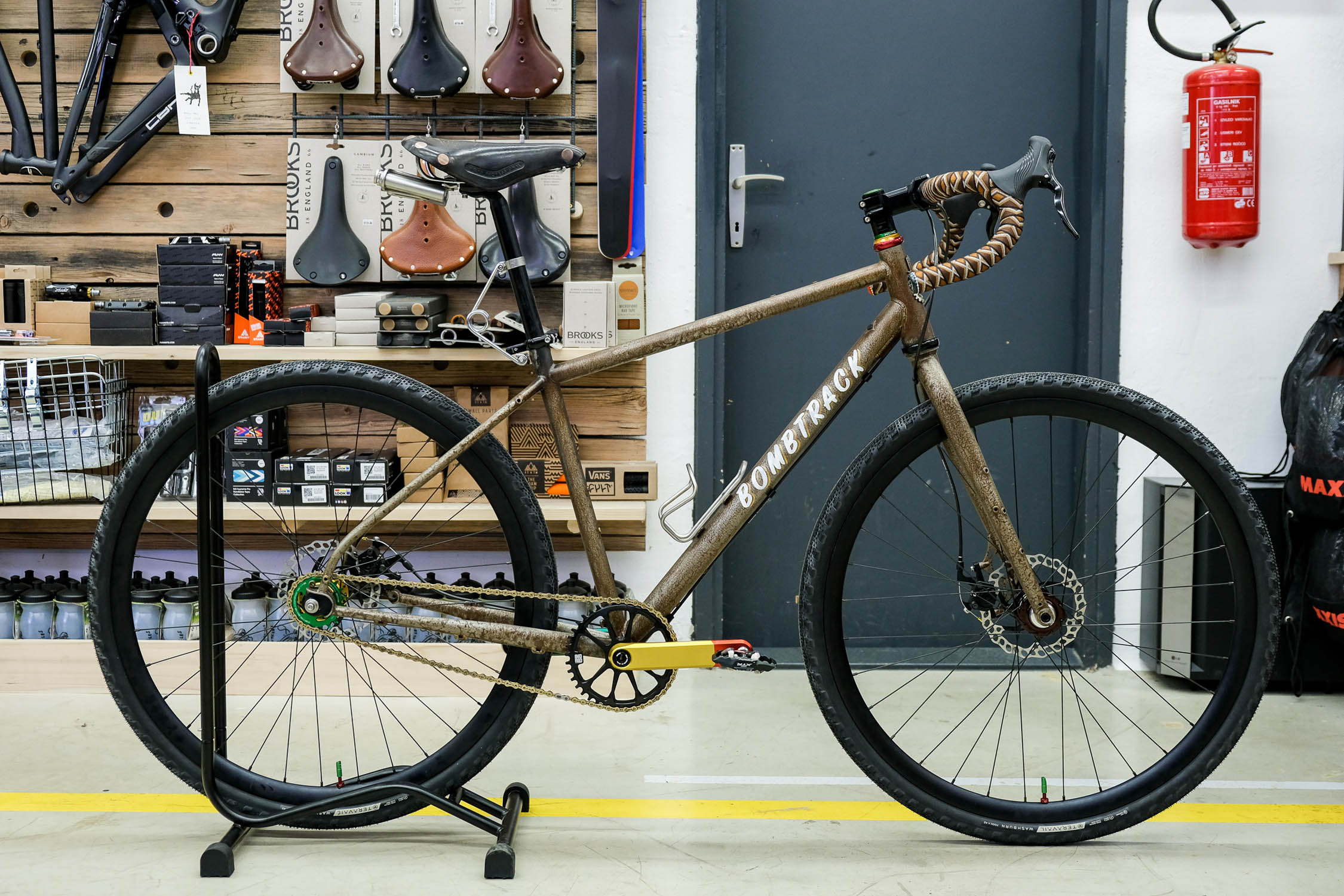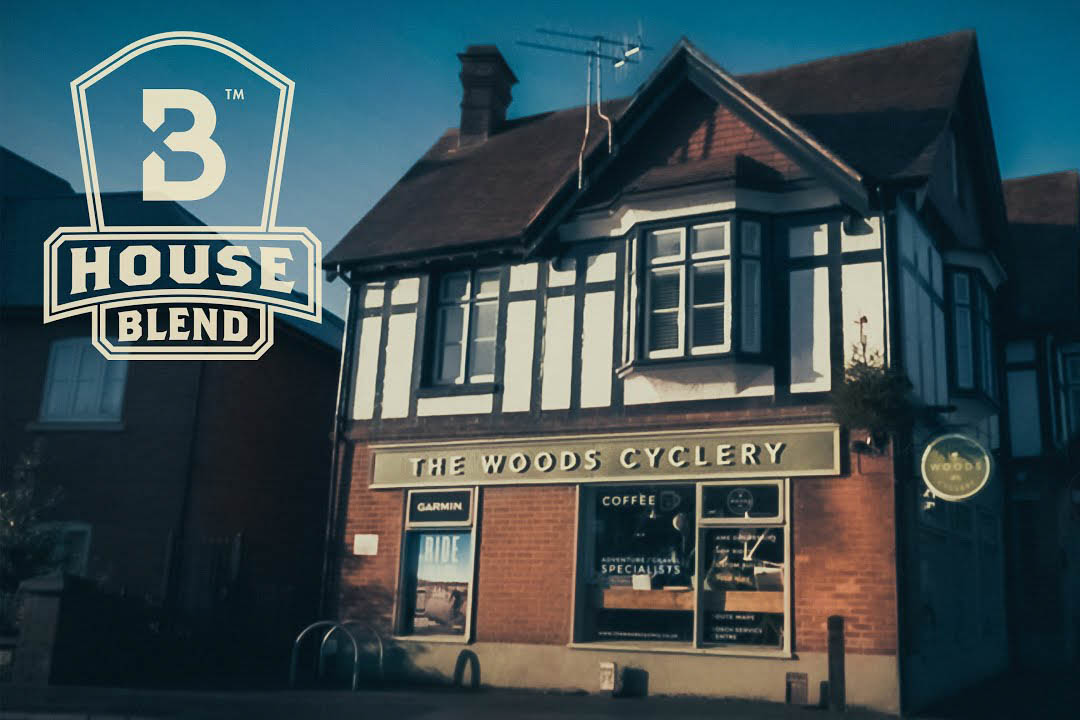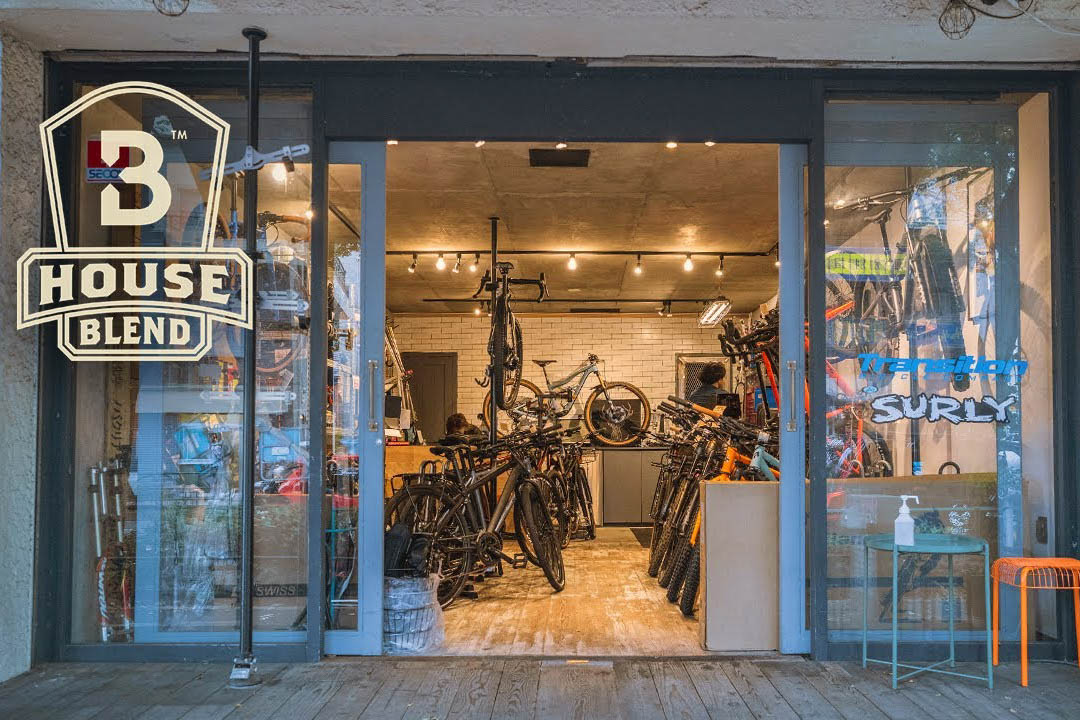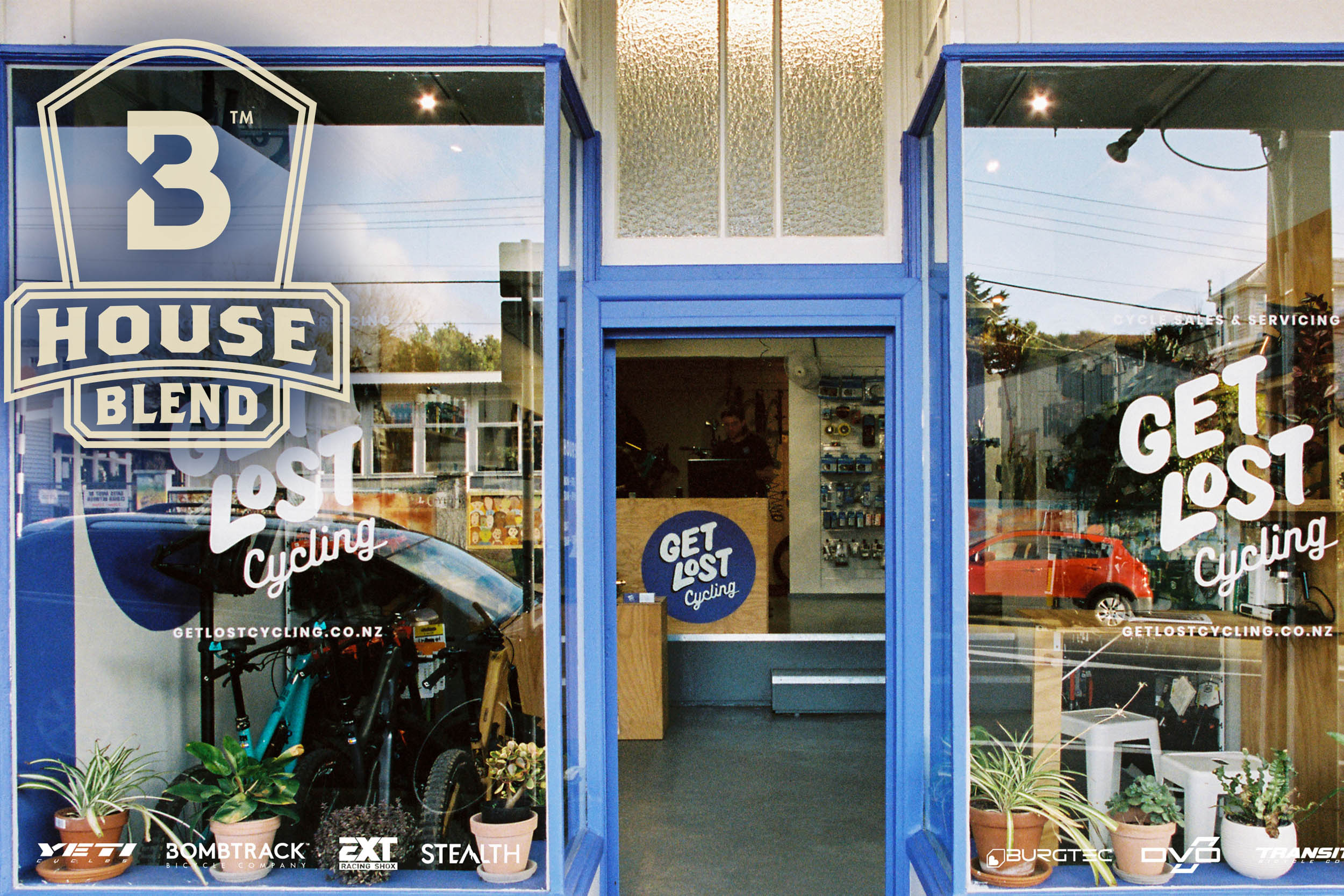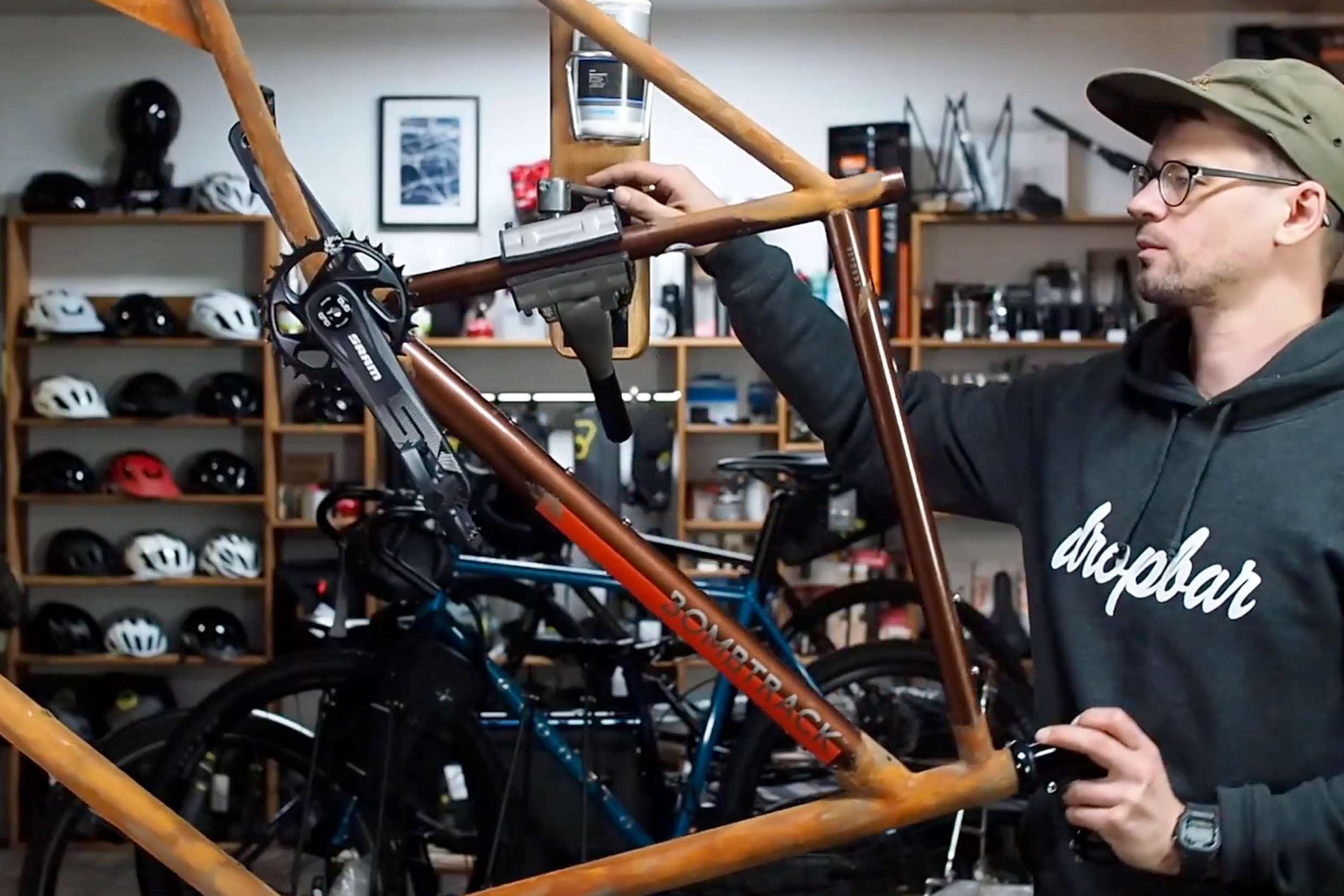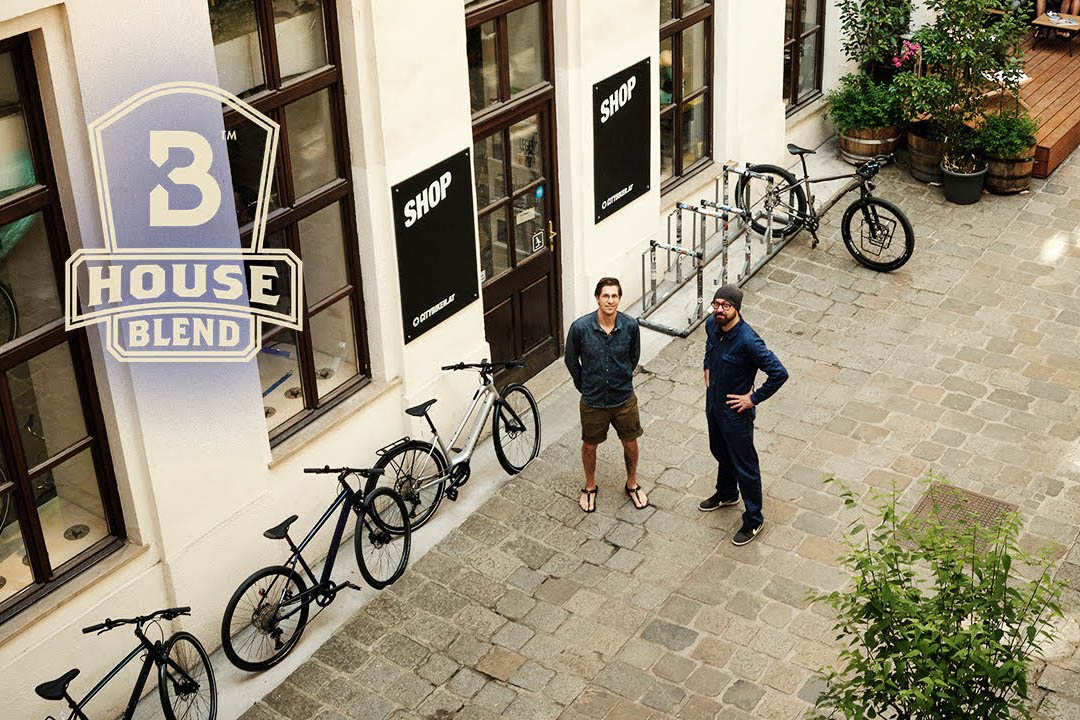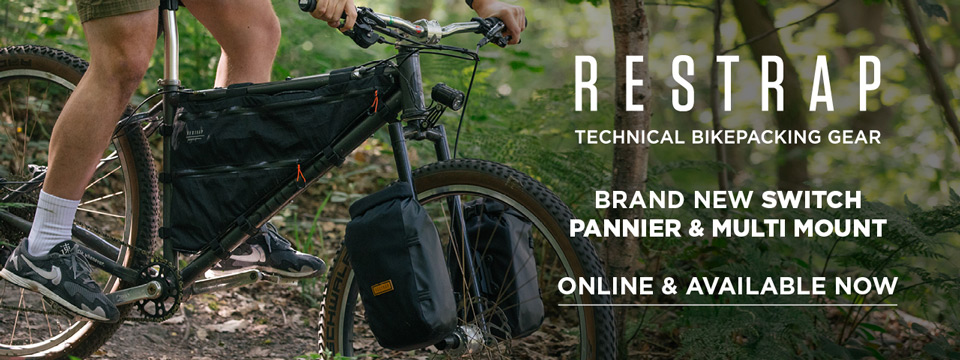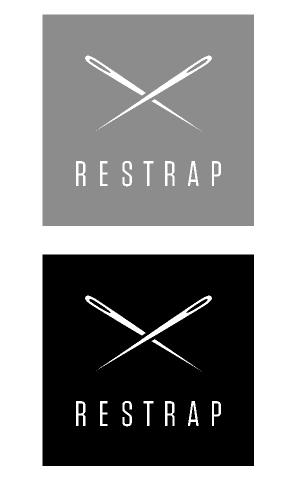Bombtrack’s latest stop on their worldwide House Blend shop tour series highlights the powerful story of Big Toys in Kyiv, Ukraine, which has stayed open to serve the cycling community amid Russia’s full-scale invasion. Find the video, photos, and a short interview with the shop’s owner here…
Photos by Anastasiia Hutianska and Volodymir Pankevich
Throughout the last couple of years, the Bombtrack Bicycle Co. from Cologne, Germany, has been giving its network of dealers space to tell their unique stories through the House Blend series. Released last month, the latest installment offers a look inside Big Toys in Kyiv, Ukraine. It shares the story of the shop’s owner, Anton, who has kept his doors open amid Russia’s war. In the video, he introduces his shop, builds up a new Bombtrack Hook, and offers a stirring tour of the streets of Kyiv. Watch the eight minute video below, then scroll down to find some still photos and a short interview with Anton.
Where’s your shop located?
Big Toys is located very close to the city center of Kyiv, Ukraine, at Liubomyra Huzara Avenue 28. We just moved there few months before the full-scale invasion phase of the 10+ year long war started. On the first days of invasion, the previous shop location was struck by a Russian missile, which demolished several floors on the top of the building. At that moment, I was at home just five kilometers away, and I felt an earthquake at the moment of explosion. You can see a video of the strike here.
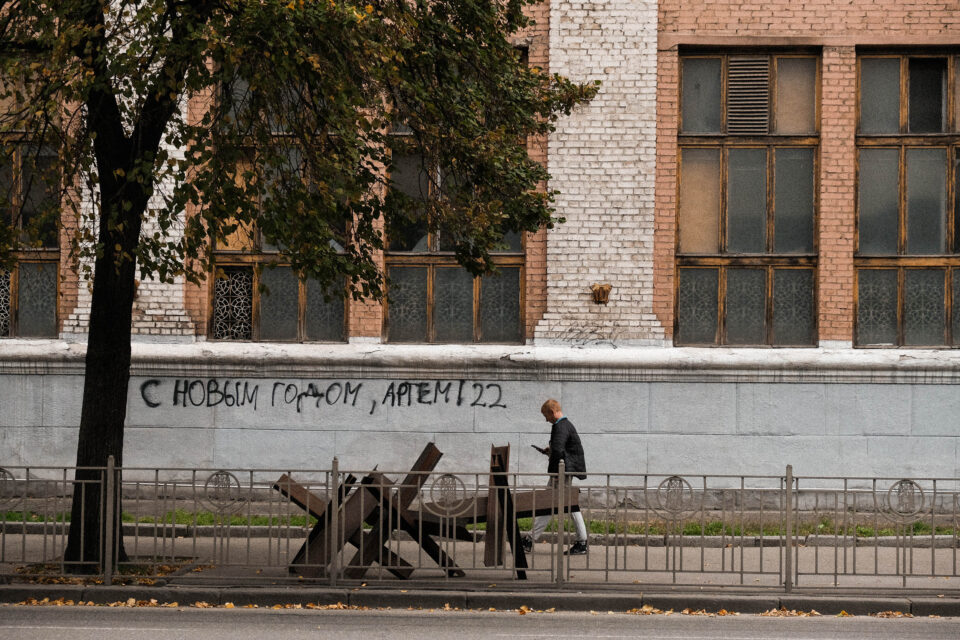
How has your business changed amid the war?
The Russian attack has had a huge impact on all spheres of life. Its first weeks were pure shock for everyone. Transport collapsed, postal services didn’t function, grocery stores quickly became empty, and people were buying only the essentials, mostly food and water. Bikes sales dropped to zero, and only some basics spares like tubes and patches were ordered. We also helped volunteer couriers with free tubes and patches so they could deliver medicine and food to older people and such.
As mentioned, local postal services didn’t function early on, and it was pretty dangerous to move around the city under constant missile strikes and bombardments. After a week or two, I decided to start working half remotely from home and deliver orders by myself on my trusty Bombtrack Beyond+ ADV. I’ve had this bike for more than four years now, and it literally went through fire and water with me. It’s been the right tractor for the destroyed streets of Kyiv.
Things got a bit better a month or two after the initial invasion, but up to today, the Black Sea ports are closed for business because of the Russian fleet constantly trying to capture or strike any vessels going into or out of Ukraine. This forces businesses to use a combination of shipping to Europe and ground shipping afterward, causing prices to increase ever further. In addition, the currency exchange rates have jumped twice as high compared to 2021, which has affected all sphere of economics and forced people spend even more money on food and basic supplies rather than buying bikes. All of us Ukranians also donate as much as possible to our armed forces to help our soldiers defend the country from the Russian regime. You can imagine how all these factors influence the local bike industry.
What does future of bikepacking in Ukraine look like?
Bikepacking became a thing in Ukraine just few years before the full-scale Russian invasion started. There are so many amazing places to ride, but unfortunately, many of them aren’t accessible anymore because they were captured and annexed or totally destroyed. For example, the Kinburn Spit. My friend and had I planned a trip to Kherson region, where the Kinburn is located, in the summer of 2022, but the Russians had another plans for that year. They burned the national natural park situated there to the ground, killing all the plants and animals that called it home.
That said, people still go bikepacking here, and there are great places left. In 2022, I took a short trip to the Carpathian Mountains at the beginning of September. That was an incredible experience. The western part of Ukraine is now the most safe and a mine-free area to travel. On the other hand, there’s a curfew that restricts being outdoors late at night, which complicates things. You have to plan your route so you can stay in hostels or on the private campsites.
Of course, the war itself drastically influences the bikepacking scene not only because of the daily air strikes and bombardments but also because of the mobilisation process. Men are called to join the Ukrainian army every day. That means fewer and fewer bike enthusiasts can enjoy bikepacking. Also, we’re not allowed to cross the border until the war ends or without legal permission, which is pretty hard to obtain. So, any bikepacking adventure ourside Ukraine are currently next to impossible for any of us citizens.
Lastly, how has the role of bikes changed in Ukraine?
Bikes have become something even more special than before. At the beginning of the invasion, there was a huge shortage of gas in Kyiv, which made bikes a great transport choice instead of cars, as they don’t depend on gas. Bikes let you get where you need to without a problems while hundreds of people wait for hours in enormous queues to gas stations.
Riding a bike has become more than just transportation, a sport, or a simple hobby now. Bikes help us take care of our mental health and manage the huge amounts of stress we face in these times. For many of us, they work like personal therapists and help keep the mind clear, at least for some amount of time, which is super important these days.
You can find more from Anton and Big Toys on Instagram.
Further Reading
Make sure to dig into these related articles for more info...
FILED IN (CATEGORIES & TAGS)
Dispatch
Please keep the conversation civil, constructive, and inclusive, or your comment will be removed.


